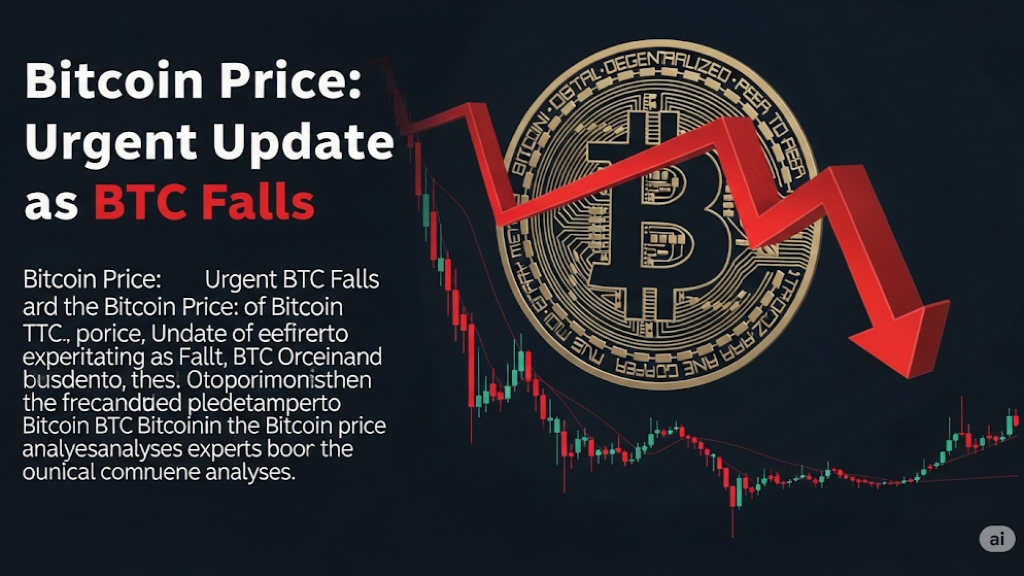COINTIKA.COM - Bitcoin, once synonymous with extreme price swings, is exhibiting significantly reduced volatility, a development that could fundamentally reshape its role in the investment landscape. This shift suggests a maturation of the cryptocurrency market and increased institutional acceptance.
"The 60-day volatility of BlackRock's IBIT ETF, which tracks Bitcoin, has plummeted," observed Bloomberg ETF analyst Eric Balchunas on X. "A year ago, IBIT's volatility was 5.7 times higher than the S&P 500. Now, it's nearly at parity."
This dramatic decrease in IBIT's volatility represents a profound change. Previously, the high volatility of Bitcoin, often cited as both its allure and deterrent, hindered its adoption by institutional investors who prioritize stability and predictable returns. Pension funds, endowments, and sovereign wealth funds, for example, typically avoid assets with high risk profiles, often imposing strict allocation limits or completely excluding them from portfolios. The reduced volatility significantly lessens this risk, making Bitcoin a more attractive addition to diversified portfolios.
The comparison to the S&P 500, a benchmark for the U.S. stock market, is especially noteworthy. The S&P 500 represents a basket of large, relatively stable U.S. companies known for consistent long-term performance. Bitcoin's volatility approaching that of the S&P 500 signifies a transition from a highly speculative asset to one exhibiting characteristics of a mature financial instrument. This implies a risk-reward profile increasingly comparable to established equities, potentially altering how financial advisors and portfolio managers assess cryptocurrency. The shift positions Bitcoin for a more integrated role within traditional asset allocation models.
This decreased volatility is a crucial catalyst for increased institutional adoption. Institutions demand regulatory clarity, robust infrastructure, and manageable risk. While Bitcoin ETFs have addressed regulatory and infrastructural concerns, persistent volatility remained a significant impediment. The convergence with S&P 500 volatility removes a major barrier.
The benefits for institutional investors are substantial: diversification (Bitcoin’s low correlation with traditional assets remains a key advantage); accessibility (ETFs like IBIT offer a user-friendly, regulated entry point); and improved risk management (reduced volatility simplifies risk assessment and aligns Bitcoin more closely with existing institutional frameworks). This could unlock a significant influx of capital from pension funds, university endowments, and corporate treasuries, all previously hesitant due to Bitcoin's volatility.
The implications extend beyond Bitcoin and IBIT, potentially impacting the broader cryptocurrency market. This increased stability could lead to reduced altcoin volatility, boosted investor confidence, more favorable regulatory environments, and a shift towards developing real-world applications and utility rather than solely focusing on price speculation. While innovation will continue, the stabilization of Bitcoin, the market's anchor, is essential for sustained growth and mainstream acceptance.
In conclusion, Bitcoin's journey from a niche digital asset to a maturing financial instrument continues. The recent data on IBIT's volatility, mirroring that of the S&P 500, marks a pivotal moment. This signifies a shift in perception, recognizing Bitcoin not as a speculative gamble, but as a legitimate asset suitable for inclusion in traditional investment portfolios. This evolution reflects market maturation, the influence of institutional-grade products like BlackRock's IBIT ETF, and a growing understanding of digital assets. For investors, it presents a compelling reason to reassess Bitcoin's role in their financial strategies.
Disclaimer: This information is for educational purposes only and is not financial advice. Conduct thorough research and consult with a qualified financial advisor before making any investment decisions.

Bitcoin swiftly rebounded above $100,000 following US airstrikes on Iranian nuclear facilities
Jun 23, 2025












